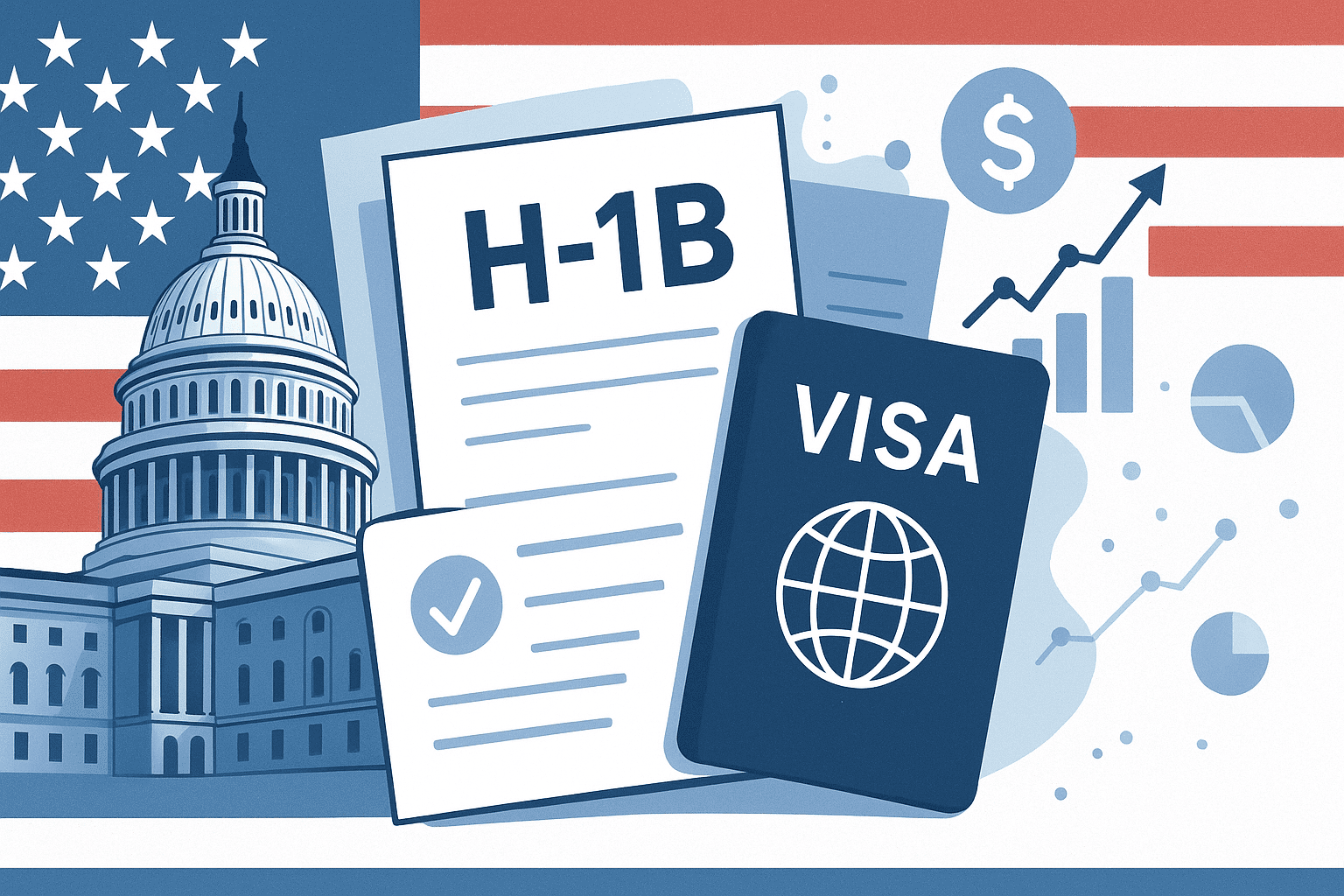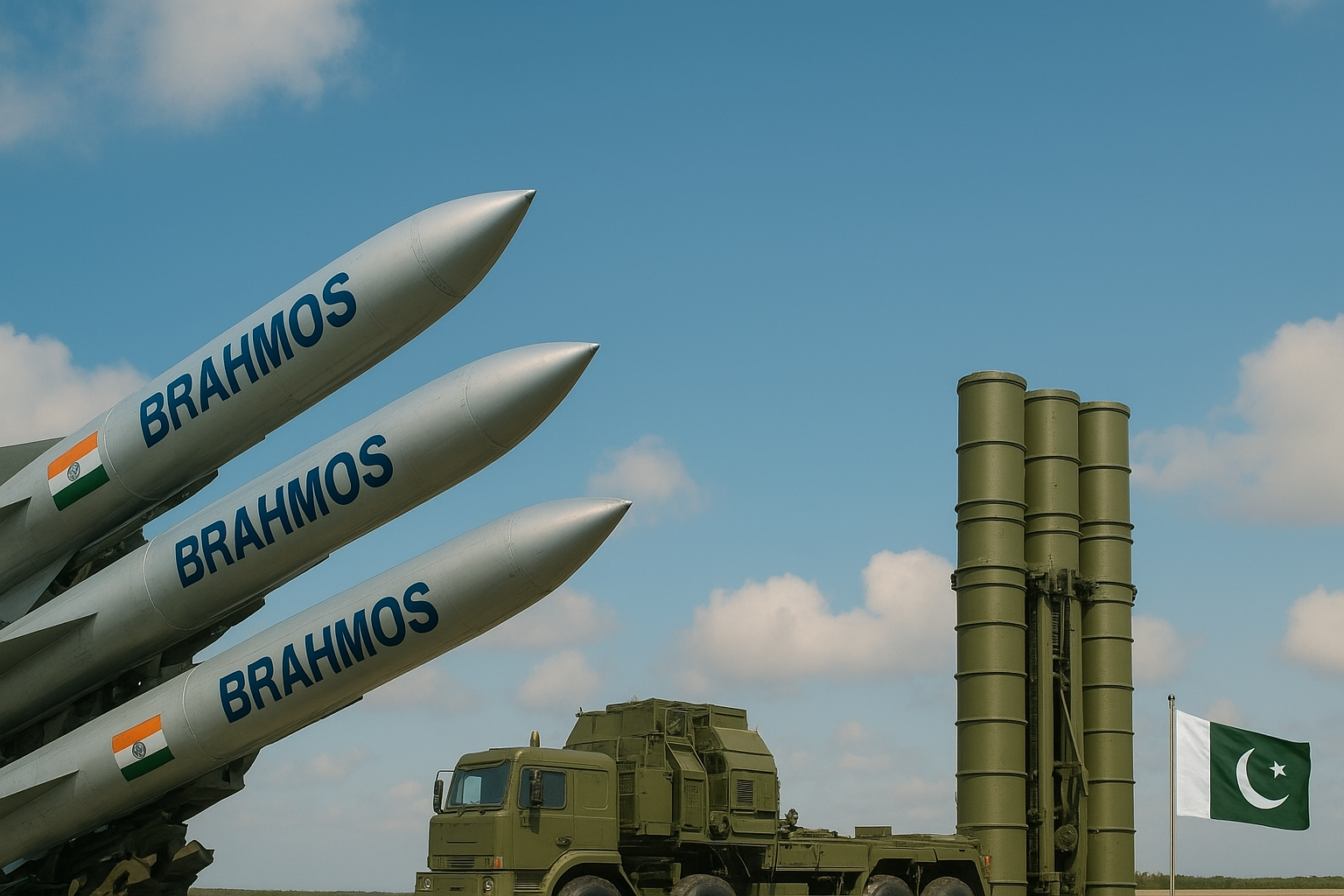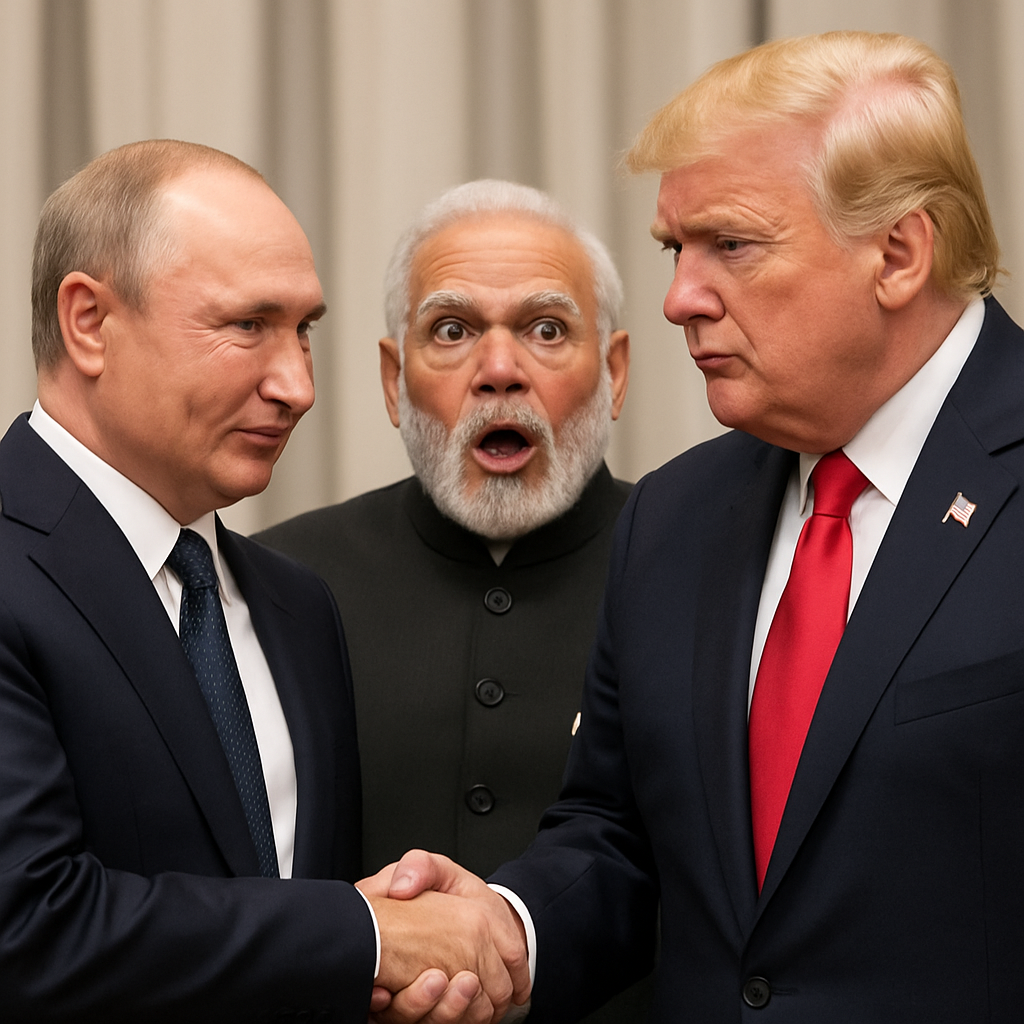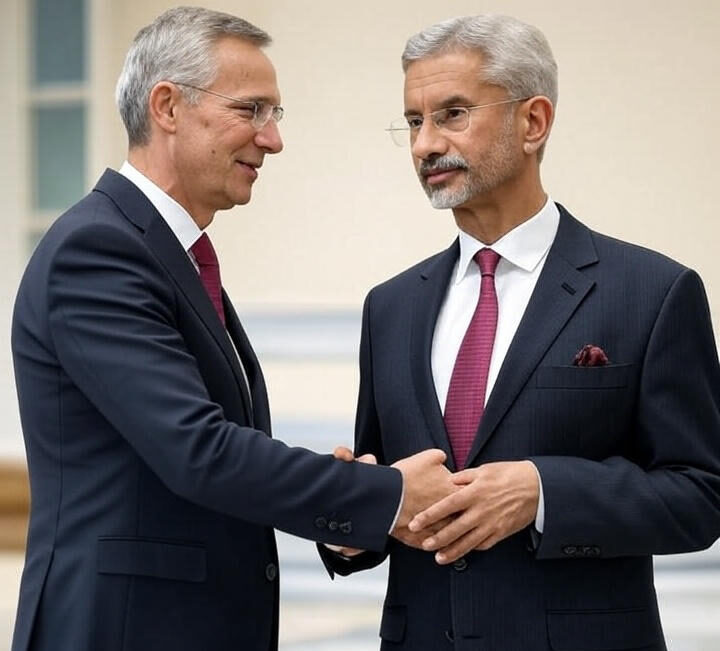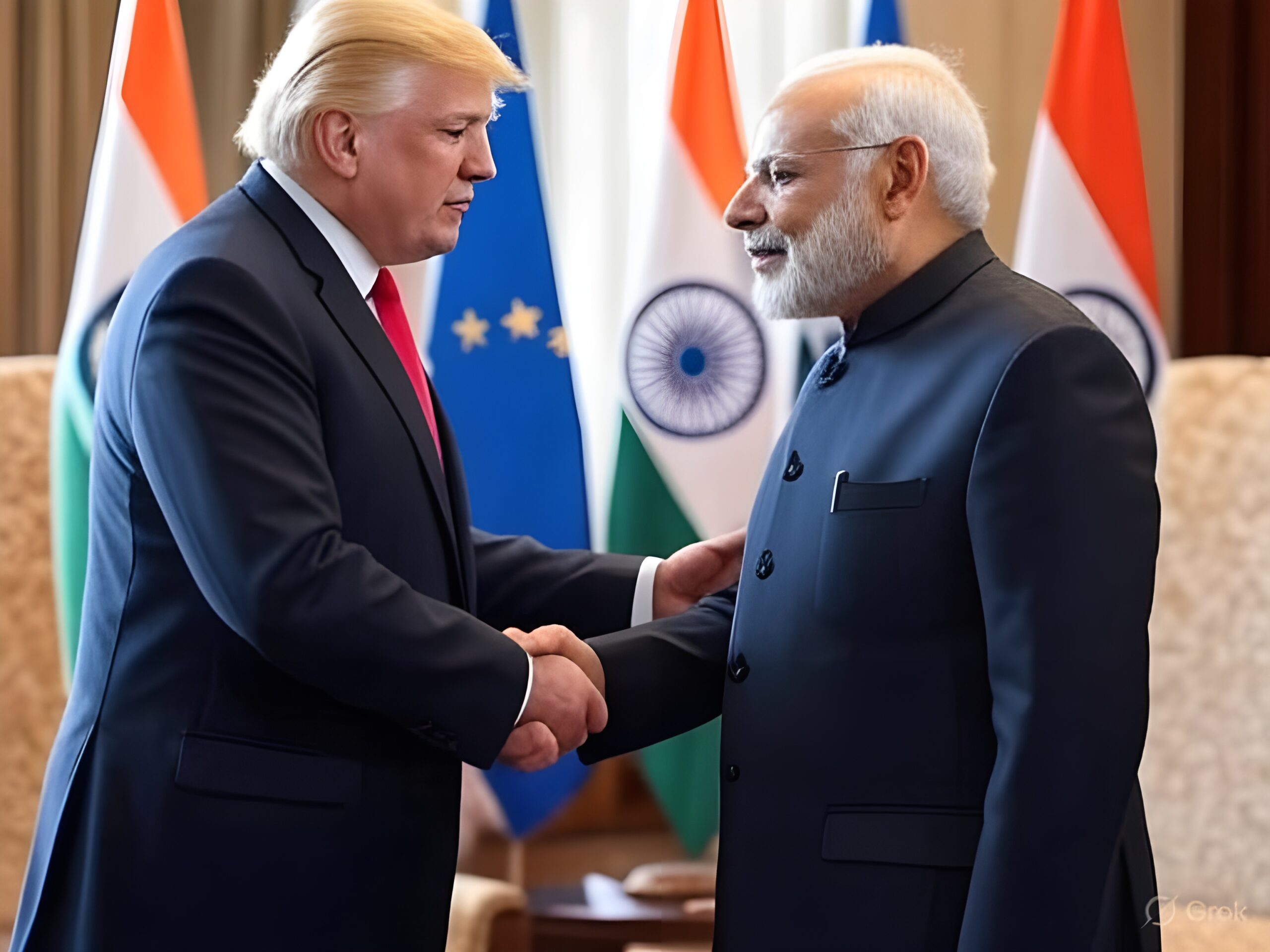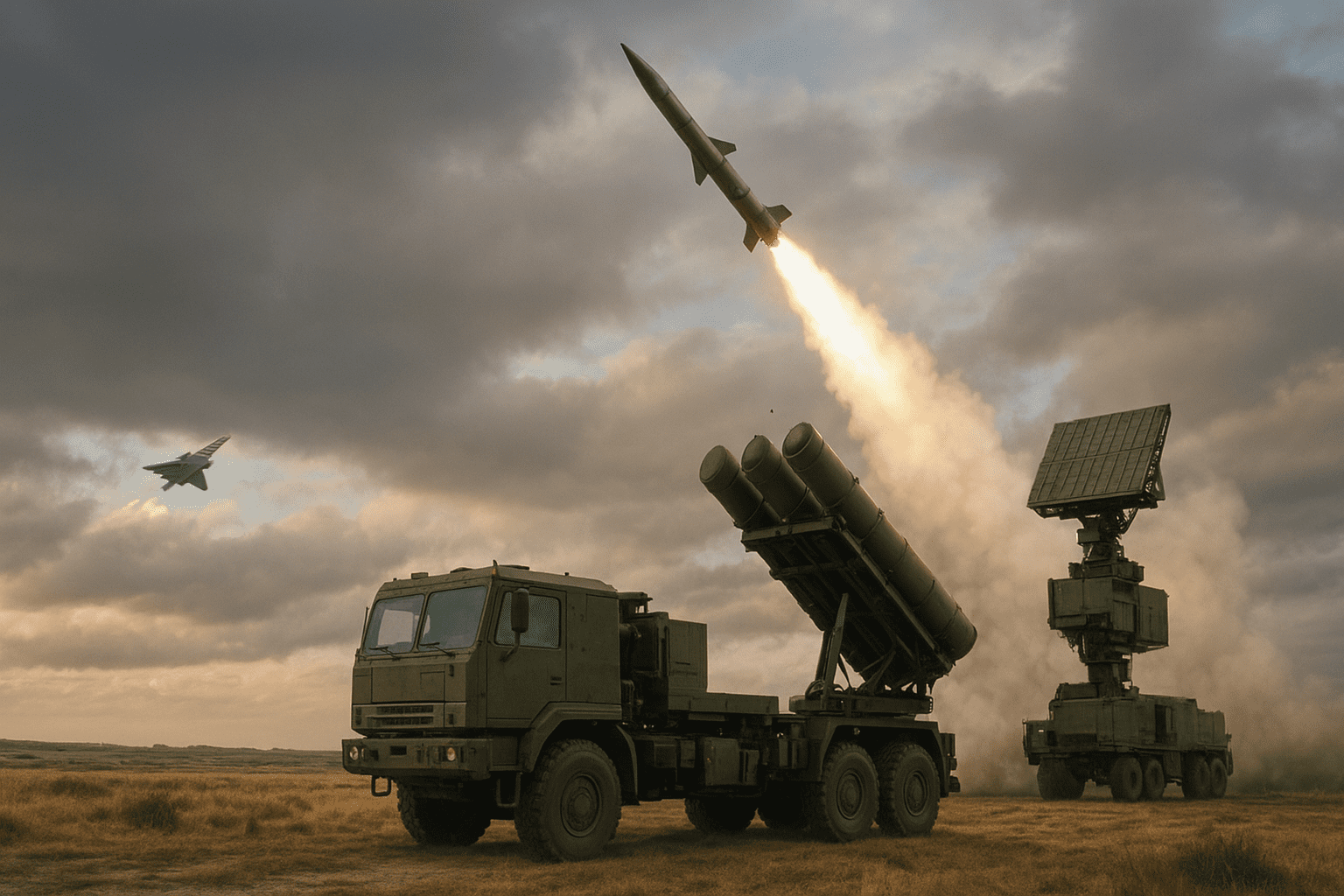The H-1B visa has long been the most popular pathway for Indian students in the United States to transition from higher education into the workforce.
However, the Trump administration has introduced sweeping changes in 2025, significantly altering the landscape for students pursuing or completing their MS degrees. These changes are poised to affect not just employers, but also tens of thousands of Indian students who view the U.S. as a launchpad for global careers.
This article unpacks the New changes in H-1b visa policy – 2025
Key Changes in the H-1B Visa Policy
- $100,000 Annual Fee
The most headline-grabbing change is the imposition of a US$100,000 annual fee per H-1B worker. This is designed to discourage mass hiring through the program, making it viable mainly for companies offering high-end roles.
- Wage-Based Selection Over Lottery
The traditional lottery system may be replaced or heavily restructured to prioritize higher salaries. This means students graduating into entry-level jobs could be at a disadvantage compared to seasoned professionals.
- Stricter Eligibility & Higher Wages
There is greater scrutiny on whether a role qualifies as a “specialty occupation.” In addition, prevailing wage requirements are expected to rise, pushing employers to pay higher salaries if they want to retain H-1B workers.
- Mandatory Face-to-Face Interviews
Starting late 2025, in-person interviews will be required for most H-1B applicants. This adds another layer of logistical and financial challenge for recent graduates already managing student debt.
- Competing Immigration Pathways
The introduction of “Gold Card” and “Platinum Card” residency visas—targeting the ultra-wealthy—signals a broader strategy to pivot away from middle-class skilled immigration and toward wealth-based immigration.
Impact on Indian MS Students and Recent Graduates
- Rising Costs of Employment Sponsorship
Employers may hesitate to sponsor fresh graduates due to the $100,000 fee. Companies will likely reserve H-1B sponsorship for senior roles that justify the cost, leaving new MS graduates with fewer opportunities.
- Greater Competition With Experienced Workers
Since higher salaries will take precedence in visa allocation, recent MS graduates with entry-level salaries may be outcompeted by experienced professionals in tech, engineering, and finance.
- Pressure to Secure Higher Salaries Quickly
Graduates may need to strategically pursue internships and roles that lead to high-paying positions, rather than settling for entry-level wages. Negotiation skills and networking will become more critical than ever.
- Uncertain Career Pathways
Students traditionally relied on the OPT (Optional Practical Training) period as a stepping stone to H-1B sponsorship. With new policies, OPT may become a dead end if companies refuse to pay high fees for sponsorship.
- Alternative Pathways May Gain Traction
- Canada, UK, and Australia: Indian students may increasingly choose other destinations with friendlier work-visa regimes.
- Return to India with U.S. Degree: Graduates may leverage their U.S. education in India’s growing tech and startup sectors.
- Remote Opportunities: U.S. companies might hire Indian graduates remotely to bypass H-1B costs.
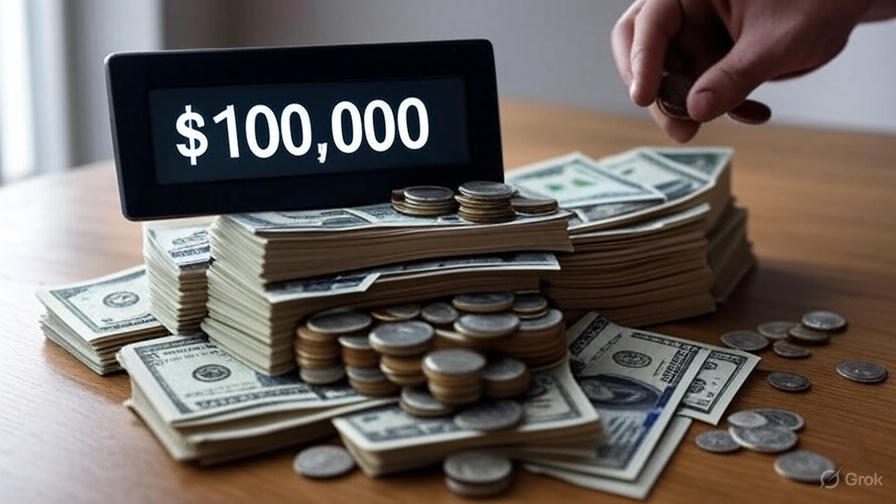
What Should Indian Students Do?
For Current MS Students:
- Focus on specialized fields (AI, cybersecurity, data science) where salaries are higher.
- Build professional networks and seek internships at cap-exempt organizations (universities, nonprofits, research centers) that are not subject to the $100,000 fee.
- Strengthen profiles with certifications and publications to stand out.
For Recent Graduates:
- Negotiate aggressively for higher starting salaries, since visa selection may depend on wage levels.
- Explore STEM OPT extensions (up to 3 years) to gain time while the policy environment evolves.
- Consider hybrid career plans, such as working remotely for U.S. firms while based in India.
Conclusion
Trump’s new H-1B visa changes signal a sharp departure from the traditional role of the visa as a bridge for international students into the American workforce. For Indian MS students and graduates, the pathway to long-term careers in the U.S. is narrowing. Success will now hinge on

